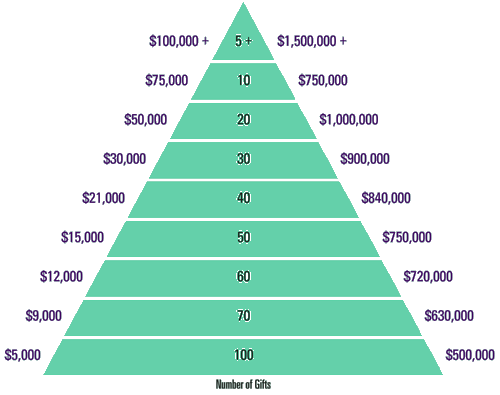 My former business partner, Andrea Kihlstedt, wrote the book on capital campaigns (literally THE book – Capital Campaigns – Strategies That Work) and is brilliant at seeing all our fundraising work through that lens.
My former business partner, Andrea Kihlstedt, wrote the book on capital campaigns (literally THE book – Capital Campaigns – Strategies That Work) and is brilliant at seeing all our fundraising work through that lens.
Yesterday she led an amazing webinar for Asking Matters on that very topic, and my big takeaway was on the value of gift range charts in annual fundraising.
Andrea’s strong recommendation was to plan “based on donor levels – not activity silos” and, honestly, I had never thought of that! Have you?
That’s not to say I hadn’t acted that way – somewhat. I always put extra focus on major donors and I provide them special communications, special access, etc. But I hadn’t laid out my plans for the year based on donor levels. My plans were always built based on donor types – “silos” – board members, other individuals, institutions, events, and such.
So it got me thinking. If we put every donor or prospect into a gift range chart, we’d find most of those special events donors at the bottom and midrange of the chart. And that raises the question – why are we spending so much effort on those donors relative to our biggest donors?
Yes, events have an economy of scale. Yes, it’s important to have some events for a host of reasons. But most of us probably have a few donors who individually or collectively give as much as we raise in a single event, and how much time are we spending cultivating them relative to the time we spend on an event?
Are we maximizing our efficiency and our fundraising? My gut says we can’t be if we aren’t taking a firm analytic approach to where we spend out time and how every hour accrues to the bottom line. Looking at our entire donor pool through the lens of a gift range chart is a fantastic way to start!
(To learn more about Andrea and her work, go to www.capitalcampaignmagic.com and read her post on the subject.)


 like us on facebook
like us on facebook follow us on twitter
follow us on twitter connect on linkedin
connect on linkedin


